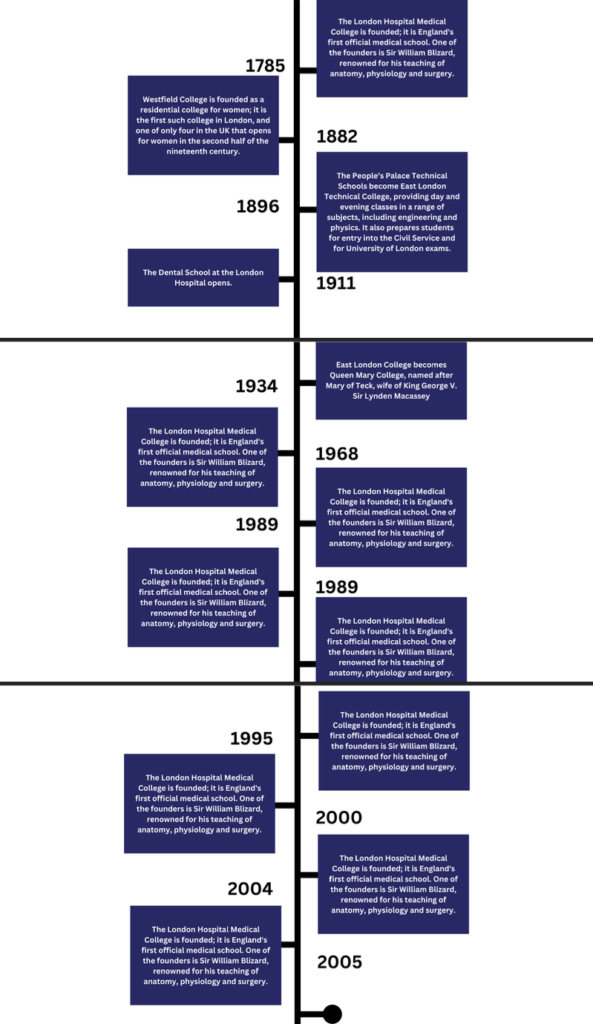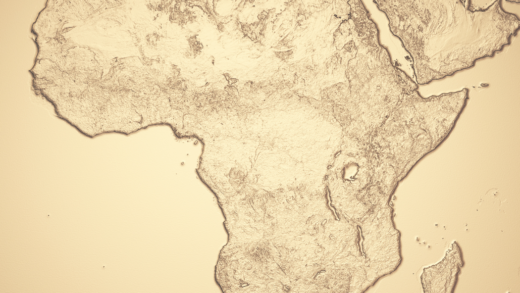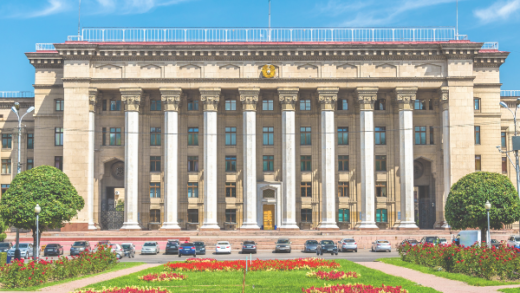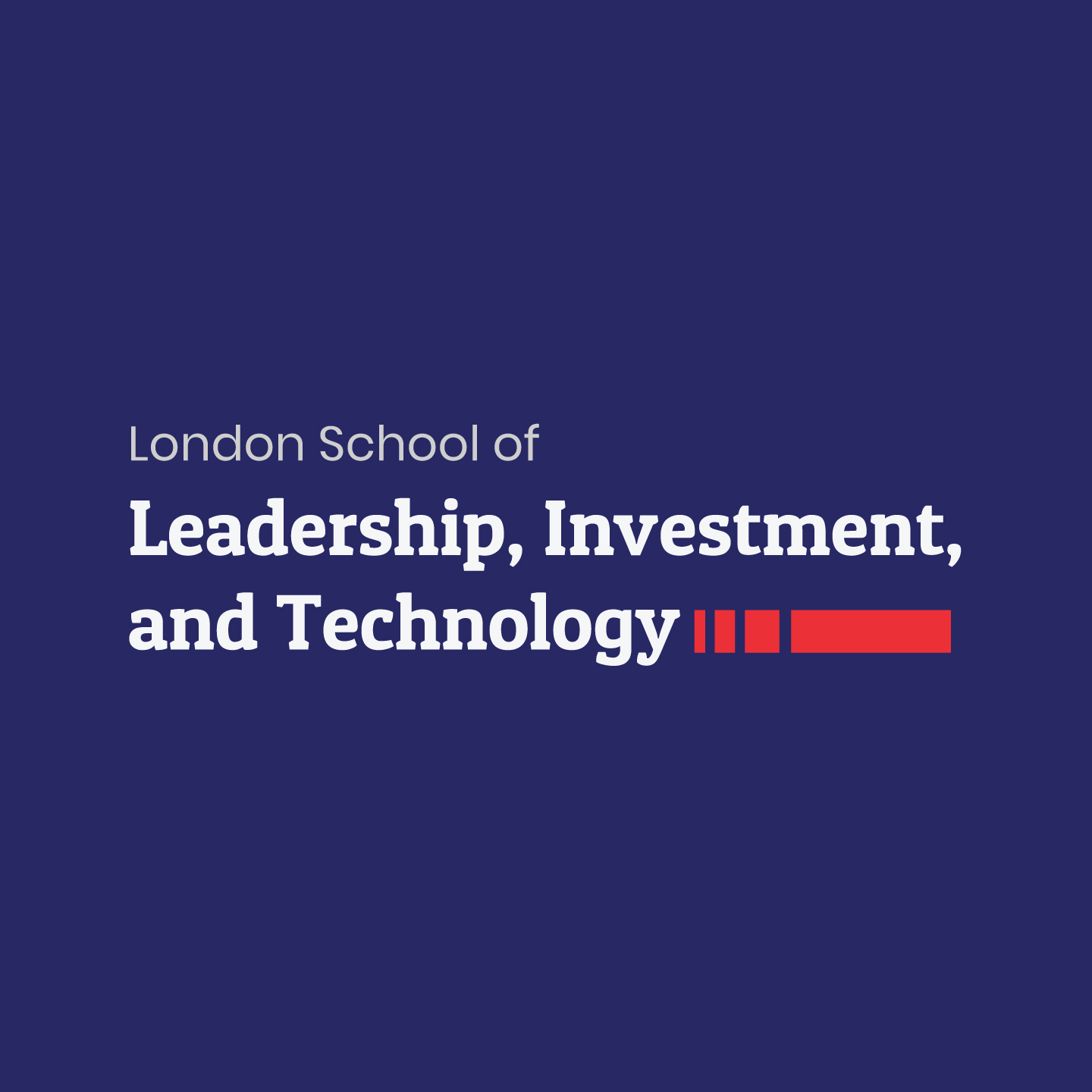Queen Mary University, since the inception the underlying chronicles has laid the groundwork for a prestigious institution of the world. The rich tapestry of events and foundations have significantly contributed in the field of medicine, life-science, & engineering. Queen Mary’s rich history bears witness to the transformative events that birthed the institution we know today. Evolving from various colleges, the university now serves over 25,000 students annually across diverse disciplines, all dedicated to contributing in unique ways for the betterment of humanity.

Timeline of Naming of Queen Mary University
St Bartholomew’s Hospital Medical College
Originally established as a religious institution on the outskirts of the City of London, St Bartholomew’s Hospital underwent a legal transformation after the dissolution of the monasteries. It was officially known as the “House of the Poore in Farringdon in the suburbs of the City of London of Henry VIII’s Foundation.” Although medical education had occurred since the 17th century, it wasn’t formally recognised until St Bartholomew’s Hospital Medical College was established in 1843.
St Bartholomew’s Hospital Medical College
The hospital’s initial goal of improving the health of London residents resonates today in Queen Mary’s research endeavours, where significant health projects are deeply integrated into and enriched by the local community.
The London Hospital Medical College
London Hospital Medical College aimed to provide healthcare to the local communities of the East End, offering respite to the sick, diseased, and impoverished individuals. Their commitment was deeply rooted in community service. 1785, the college was founded next to The London Hospital, becoming England’s first purpose-built medical school. It was a groundbreaking model of medical education that combined theoretical teaching with hands-on clinical skills training
London Hospital Medical College in the Heart of East London
Sir William Blizard, a fine surgeon of anatomy, physiology, and surgery, was the founding father of this college. Blizzard was also a pioneering figure in the medical field. One of his innovations was the introduction of walking the wards, a now indispensable component of medical education. He chalked out the importance of dignity for the patient and the human body and precision in language and practice; Blizard left a lasting impact on the medical profession.
Westfield College
In a community where education has been deemed a luxury, and the idea of women’s education seemed implausible, Westfield College emerged as a groundbreaking initiative for women. It was the brainchild of Constance Louisa Maynard, who ultimately established the college with just 5 students. Over time, Westfield College flourished, accommodating 60 students by 1913. In 1903, the institution expanded its reach to non-resident students, and in 1965, it took a historic step by admitting men. Today, as part of Queen Mary University of London, Westfield College maintains a global perspective and stands as one of the most internationally diverse institutions worldwide.
Westfield College with First Female Accommodation
Queen Mary College
In 1887, People’s Palace Technical College was established to prepare students for admission to civil service and the University of London. Queen Victoria inaugurated the college that provided evening classes, a library, reading rooms, and social activities. The Draper’s company funded the college. The ethos of the People’s Palace, reflecting a commitment to educating individuals from diverse backgrounds and serving as “a place where people of all classes and conditions congregate,” aligns with Queen Mary’s mission today.

People’s Palace in 1887
In 1934, the East London College was bestowed with the name Queen Mary in honour of Mary of Teck, the wife of King George VI. This pivotal moment marked a resounding rebuttal to the critics who deemed university education an unnecessary privilege for East Londoners.
In 1968, Queen Mary ushered in the era of computer science by acquiring the university’s first computer and subsequently establishing the Computer Science department. This pioneering move laid the foundation for the university’s continued leadership in the field of technology.
Merger and Expansion of Queen Mary
The year 1989 witnessed the merger of Queen Mary and Westfield College, solidifying the institution’s position as a leading academic powerhouse. Furthermore, the amalgamation of the Medical College of St Bartholomew’s Hospital and the London Hospital Medical College gave rise to the esteemed Faculty of Medicine and Dentistry.

Academic Building of Faculty of Medicine and Dentistry
With its roots in 1885 at Queen Mary and Westfield College, it has a long-standing tradition of excellence in education and research, particularly in the humanities, social sciences, and law Westfield College, in particular, played a pivotal role in paving the way for women’s education in the United Kingdom.
In 1992, two of London’s most prestigious medical schools, the Medical College of St. Bartholomew’s and The London Hospital Medical College, officially merged to form Bart’s, the Faculty of Medicine and Dentistry at Queen Mary University of London. Later, in 1995, the Queen Mary and Westfield College further merged with Barts & Royal London School of Medicine and Dentistry.

Barts and the London School of Medicine and Dentistry
Queen Mary and Westfield College finally adopted the Queen Mary University of London title while retaining its legal name for formal purposes. This move reflected the university’s growing stature and international recognition, signalling its transition into a global academic powerhouse.
In 2013, the university formally cemented this transition by legally changing its name to Queen Mary University of London.
The knack for global expansion brought Queen Mary to collaborate with global institutions with a strong commitment to academic excellence and social responsibility. The university has campuses in Paris, Malta, China, and Singapore, in addition to its main campus in London. These international campuses offer a range of undergraduate and postgraduate degrees in various fields, including business, law, engineering, healthcare, and humanities.

Queen Mary Campus in Malta
Today, Queen Mary University of London stands as a testament to the transformative power of education. Its unwavering dedication to empowering individuals and communities has left an indelible mark on the East End and beyond. As the university continues to evolve, its commitment to academic excellence and social responsibility remains steadfast, ensuring that Queen Mary’s legacy will continue to inspire future generations.






